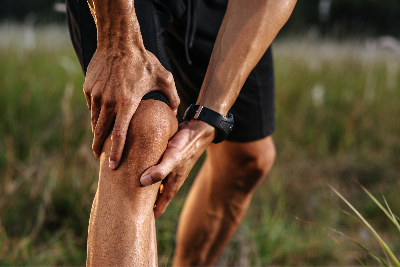How to Improve Performance by Breathing!
- Neil Melanson

- Feb 20, 2020
- 2 min read
Updated: Jun 14, 2020

As an avid explorer of personal health refinements, I have been experimenting with different ways to use my breath for improved performance for many years. Using my education in exercise science, massage therapy and osteopathy, I have realized the small yet important effect that breathing symmetrically has on my core health and athletic performance. The idea that everything works best when balanced is an established narrative in psychology, physiology and general life principles, and so too, it works with our breath.
Imagine the experience of running where you find yourself always starting your next inhale when your right foot strikes the ground in front of you. You probably have been using an established breathing pattern by using two or three heel strikes to exhale and an equal number to inhale, yet always starting the same pattern over with your next inhale with that right sided hell strike. It is a pattern so well established by our brains that few people ever recognize it, yet it does in fact create a small creep of imbalance which can affect our performance and create musculoskeletal imbalances in our bodies.
The imbalance of non-symmetrical breathing has profound effects on our performance, and leaves us vulnerable to injury. When your foot strikes the ground while running, it does so at two to three times the force of your body weight. Importantly, when you are exhaling at the same time as that foot strike, your diaphragm and associated muscles relax, which creates instability and leaves your core vulnerable in the moment. Less stability at the time of greatest impact creates an environment for potential injury. Additionally, when your next inhalation always occurs as a pattern on the same side of a heel strike, your hip flexor (psoas muscle) is contracting at the same time as your respiratory diaphragm. Anatomically, the psoas fascia connects to the diaphragm fascia, so if both are contracting at the same time as a one-sided pattern, imbalances side to side will ensue. Maybe this won’t have a noticeable effect on sedentary people, but imagine how many heel strikes runners accumulate in the course of a week!
The solution to this problem is to establish a pattern of breathing where you count one extra foot strike during your inhalation phase relative to your exhalation phase. That way, your next inhale will always start on the opposite side, which balances the load of instability and tension! For example, run with a pattern of four foot strikes with inhalation, and three foot strikes with exhalation (a 4:3 breath). If you are feeling winded during this process, then reduce your breathing pattern to three inhales to two exhales for the same foot strikes (a 3:2 breath). This ensures that you are balancing the tension/ load/ instability equally to you right and left sides. For such a small adaptation to your breath, it is remarkable how it reduces injury, improves performance, and keeps your mind on your breath. For those people who do not run, the same pattern is useful when walking.
Sometimes we need an outside perspective to help us see a new way to move and shift our patterns of activity to live our best life!







Comments